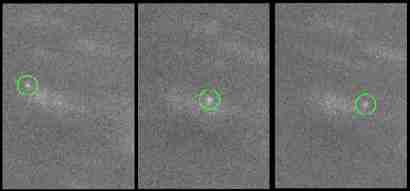These three pictures show three newly discovered moons of Neptune!
Click on image for full size
Courtesy of the Harvard Smithsonian Center for Astrophysics
Three New Moons Found Around Neptune!
News story originally written on January 14, 2003
A team of astronomers has discovered three new moons orbiting Neptune. That brings the total number of Neptune’s moons to 11!
The three moons were very difficult to see with ground-based telescopes because they are very small, only about 30-40 km (18-24 miles) across. Not only are they tiny, they are also dimly lit because they are so far from the Sun that they don’t shine very brightly. In fact, your eyes would have to be 100 million times better to see them without a telescope.
The astronomers were able to pick up the faint light from the moons by taking pictures with telescopes in Chile and Hawaii. They combined the images together and were able to see points of light where the moons were located.
Before their research, only 8 moons were known to orbit Neptune. The two largest, Triton and Nereid, were discovered with telescopes and the others were discovered by the Voyager probe.
According to Mathew Hollman, one of the leaders of the team of astronomers, “Tracking these moons is an enormous, international undertaking involving the efforts of many people. Without teamwork, such faint objects could be easily lost.”
Last modified January 16, 2003 by Lisa Gardiner.
You might also be interested in:
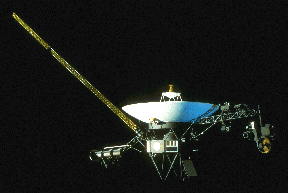
The rare arrangement of planets Jupiter, Saturn, Uranus, and Neptune in the 1980's made it possible for the Voyager spacecrafts to visit them over a 12 year span instead of the normal 30. They used gravity
...more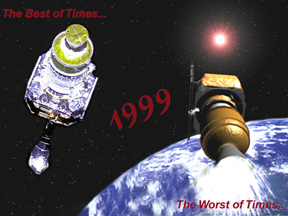
It was another exciting and frustrating year for the space science program. It seemed that every step forward led to one backwards. Either way, NASA led the way to a great century of discovery. Unfortunately,
...more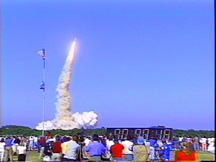
The Space Shuttle Discovery lifted off from Kennedy Space Center on October 29th at 2:19 p.m. EST. The weather was great as Discovery took 8 1/2 minutes to reach orbit. This was the United States' 123rd
...more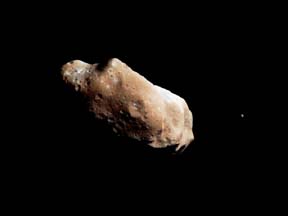
A moon was discovered orbiting the asteroid, Eugenia. This is only the second time in history that a satellite has been seen circling an asteroid. A special mirror allowed scientists to find the moon
...more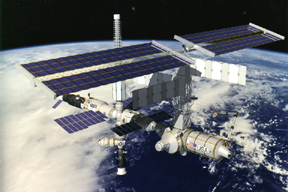
Will Russia ever put the service module for the International Space Station in space? NASA officials want an answer from the Russian government. The necessary service module is currently waiting to be
...more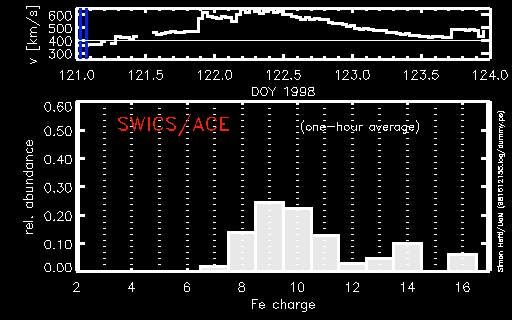
A coronal mass ejection (CME) happened on the Sun early last month. The material that was thrown out from this explosion passed the ACE spacecraft. The SWICS instrument on ACE has produced a new and very
...more
J.S. Maini of the Canadian Forest Service called forests the "heart and lungs of the world." This is because forests filter air and water pollution, absorb carbon dioxide, release oxygen, and maintain
...more


